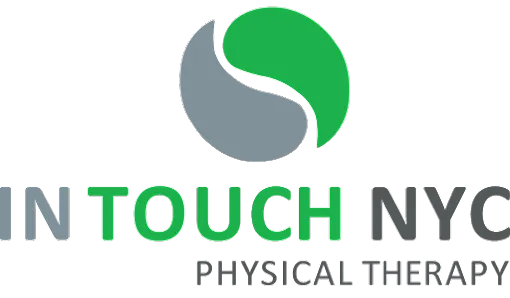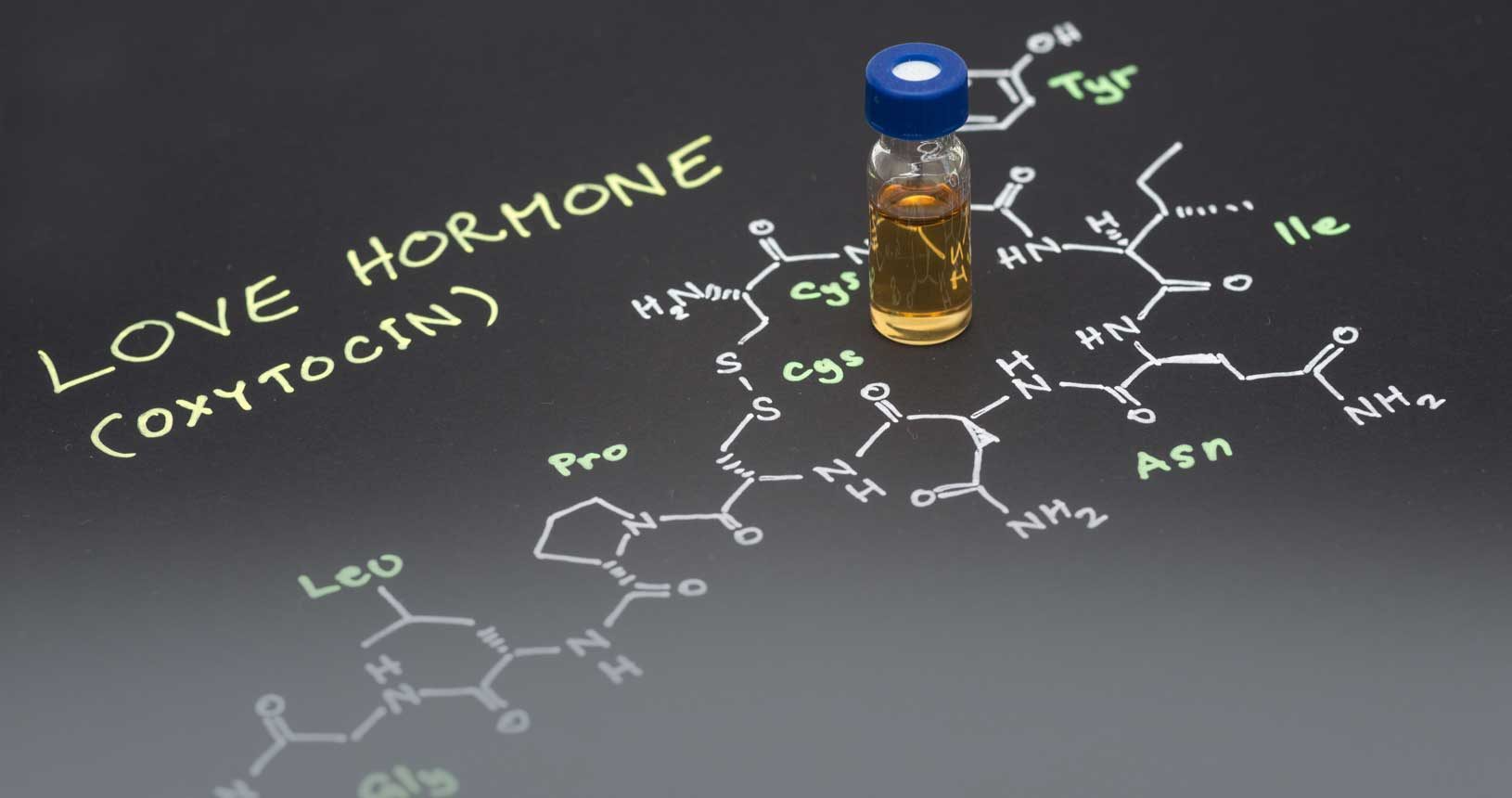If you have ever given birth, felt aroused by a partner, comforted by a hug, soothed by a massage, or energized by a run, you have experienced the powerful effects of the “love hormone.”
Earning its name from its participation in everything from intimacy to childbirth, from creating trust between strangers to building lasting friendships, oxytocin is one of the most influential hormones in the human body.
Oxytocin is important in creating those romantic feelings you have for your partner on Valentine’s Day, but it also has an important role to play in physical therapy. Released through touch during treatment, oxytocin can boost your PT experience and speed you on your way to healing. Read on to learn more about how.
Oxytocin’s Role In The Body
Oxytocin is a hormone released by the pituitary gland in response to certain triggers, such as the pressure of a baby on the mother’s pelvic floor before childbirth, a friendly touch, or sexual interactions. Once released, oxytocin has a powerful effect on your mind and body. Most famously, oxytocin triggers contractions during childbirth, stimulates lactation so a new mother can nurse her baby, and contributes to the powerful mother-child bonding that occurs immediately after birth. However, oxytocin has other roles in the body, for both men and women. In fact, you probably experience the effects of oxytocin every day, whether you realize it or not. Here are just a few of the ways the love hormone can impact your everyday life.Oxytocin helps us form relationships
Whether released through a handshake to help you trust a stranger more easily, or through a warm hug from a friend, oxytocin helps us to develop the interpersonal connections we need as human beings. The result? Oxytocin plays a role in almost every relationship you have that involves physical touch.Oxytocin deepens our romantic connections
True to its name as the “love hormone,” oxytocin also plays a central role in our romantic relationships. In particular, our bodies release this hormone in response to intimate touch with our partners, creating a deeper bond and facilitating our feeling of being in love with another person.Oxytocin relieves pain and stress
Oxytocin’s role as a pain and stress reliever is less well known than its other roles, but the reality is that this hormone can help us feel calmer and soothe our pain. This means that a massage, a hug, or even exercise can trigger the release of feelings of calm, comfort, and relaxation.The Role Of Touch In Physical Therapy
Touch is the most common trigger for the release of oxytocin, and touch is a common tool in physical therapy for helping patients get started on the path to health. While some PT can be completed verbally (e.g. Explaining specific exercises), the therapist will also often use touch. How does PT incorporate touch? Here are just a few ways that physical contact can support a positive experience for patients:- Assisting with proper technique for an exercise
- Evaluating an injury or pain
- Identifying an area of discomfort
- Providing a massage
- Stretching a muscle
- Rotating a joint to evaluate or improve range of motion
- Communicating empathy and compassion



